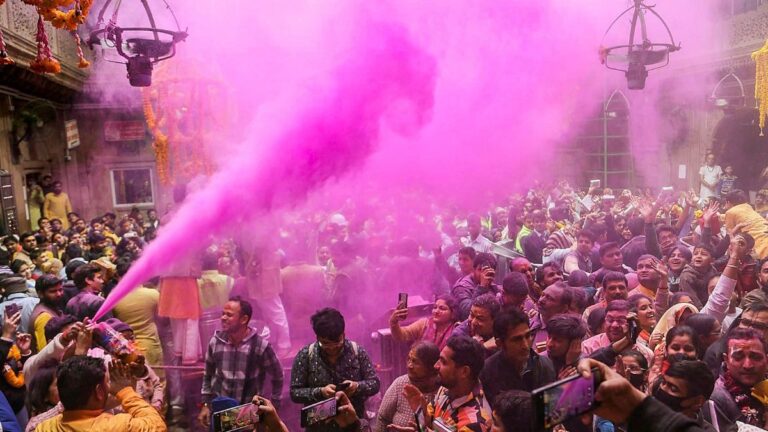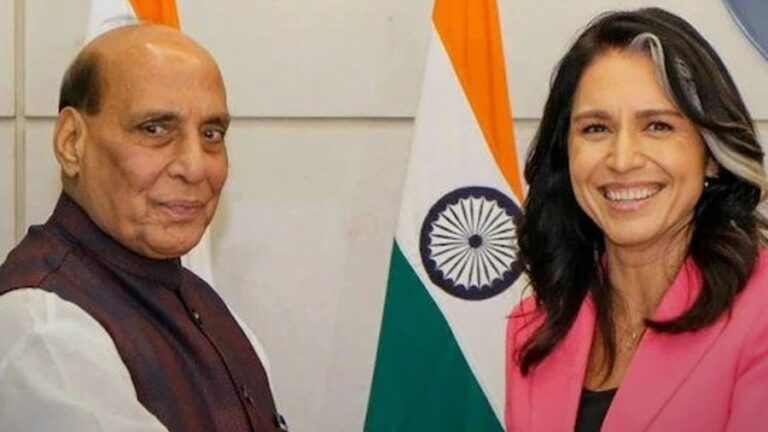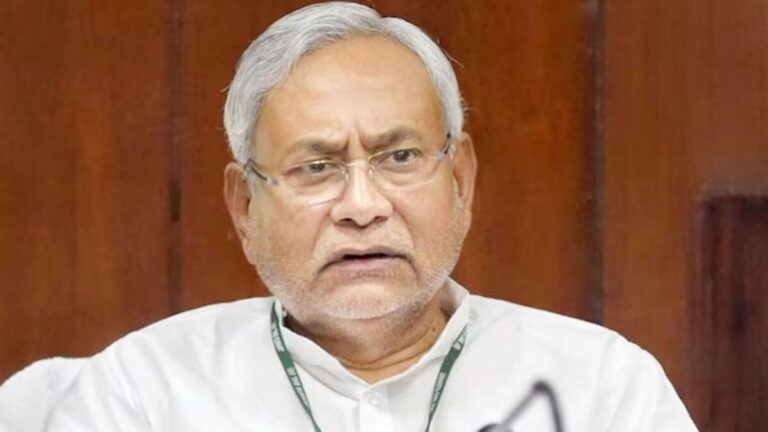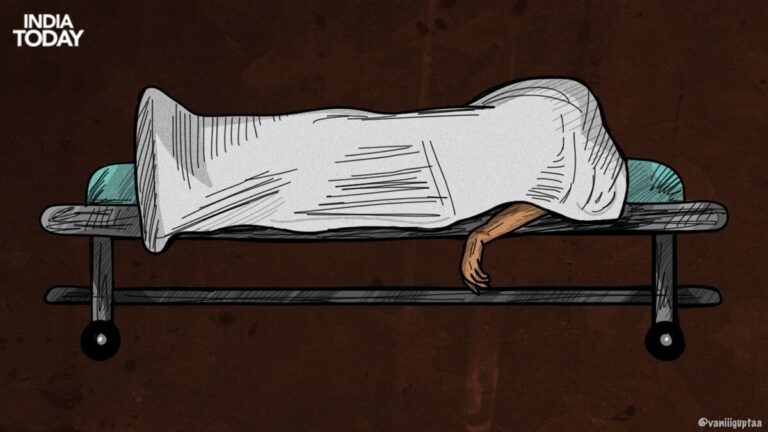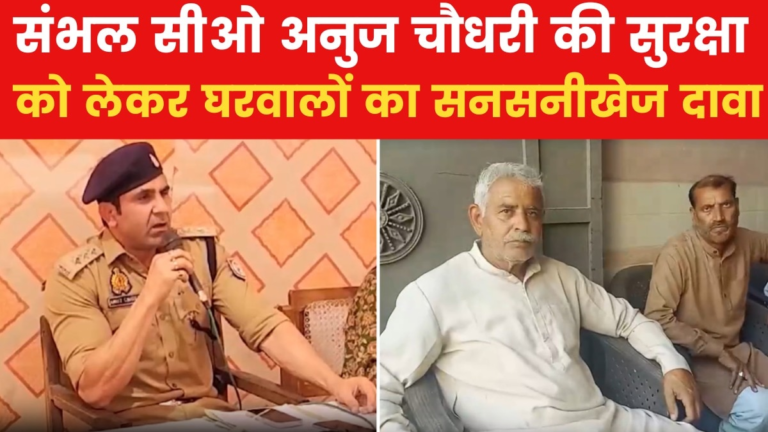Alap, Tan and Maan -Manuhar … Padmashree Ashwini Bhide Deshpande sang 70 year old bandish, scattered magic – Padma Shri Ashwini bhide Deshpande singing Spread the magic of tunes Shri Ram Shankarlal Music Festival NTCPVPP
The evening was surrounded and the darkness was trying to spread its shape and change it in the night. Rut Vasanti, Hawa was captivating and dissolving in it, the sweetness that Shri Ram was echoing outside the complex of the Indian Art Center. The lyrics of the song tied in the raga with the company of Tanpure, the lyrics or restrictions tied in the raga were not a plea. Manuhar is called from the heroine of the song, which is being called ‘cute’ and is being told that he should go slowly.
A beloved step
Like a step
Ari Hathli Nek Mero Kaho Maan …
She was adorning Padmashri Alankaran, famous classical singer Ashwini Bhide Deshpande and those who listened to this persuasion, Shri Ram was full of divine courtyard of the Indian Arts Center. The magic of his presentation was so much in the Shri Ram Shankarlal Sangeet Festival that the listeners were mesmerized and lost in his vocal waves. Lost such that he started drowning with the depth of the ragas, the height of emotions and the rhythm of the rhythm.
Raga banned in raga Bihagada
This bandish raga was tied in Bihagada and sometimes used to take it to Braj and sometimes the legacy of Jaipur-Atrauli towards Haveli Music. Referring to this, it is necessary to tell here that Ashwini herself is an excellent singer of Jaipur-Atrauli Khyal singing tradition and is pursuing this heritage from her art.
Beauty of Mishra Raga
The beautiful restriction in which he put the high dimension of his singing in front of everyone was in the great delayed idea of Raga Bihagada. Raga Bihagada, which is the mixed form of Bihag and Khamaz and thus it joins the ragas of the main Mishra caste in the genre of music. Mildness is the special identity of this raga. Where warning, explanation, Hitopadesh, Manuhar, Shringar Prem and Virah are also kept in front with great gentleness. This raga is beyond impulse, excitement and sadness, for such a sweetness of friendship, as if you are saying that you have to say comfortably, in love with love.
Say ‘Say sweet voice, mind of mind’ Khoy ‘capital Delhi, which is also a very fleeing place, there is an evening if you are taking you towards peace and peace and motivating him to speak sweet voice, then understand that God still has high expectations from us. He is also trying to change humans through decoration and music and in a sweet voice, Ashwini is the source of this divine work, saying a beloved foot.

The courtyard echoed with applause
That is why when he picked up this line by making it taunted and pulled it to the high place of the octave, the courtyard echoed with applause and then the next moment there was also such silence, in which his notes started buzzing and producing Brahmanad from all around.
Bandish’s lyrics- “A Pyari Pag Hole Hole Dharay, like Payal Baje, Ari Hathili Nek Mero Kahio Maan”, actually a heroine’s emotions. The heroine is eager to meet her beloved and her anklet is making noise with the hurry in her move. In singing, his anklets can be heard and felt clearly. Ashwini Bhide threaded these words in his singing in such a way that the listener could see the feelings of the heroine.
Moving forward, in “The people of the awakened Bridge wake up, do not do it, do not do the honor”, he engraved the confusion and pride of that heroine. There was also a folk style of Braj’s folk style, which creates a melodious balance with the classicality of Raga Bihagada. Ashwini put the vowels in the delayed rhythm in such a slow and controlled manner that every tone started becoming a part of the story. This style is the identity of the Jaipur-Atrauli Gharana, which he is a prestigious representative.
How old is ‘lovely steps hail-hole dhare bandish’
Ashwini Bhide Deshpande is being talked about on the art of throat, so this special restriction of singing tradition should also be discussed. The matter is such that the right protection of delayed thoughts singing is probably not properly done. Although these lyrics and songs are also inspired by the folk, but it has also changed literally in many places while tying in the raga. Talking about ‘A Pyari Pag Houle-Houle Dhariya’, it is at least 70-75 years old bandish. This pearl, which came out of the treasure with delayed restrictions of the great musician Ustad Alladia Khan, was actually part of a Braj style folk song.
Ustad Alladia Khan was also the founder of the Jaipur-Atrauli Gharana and he further expanded the tradition of mansion music as Gharana music. In a wedding ceremony, he heard this song inspired by folk songs, then separated it from its original text, made the idea of singing.
Kirtan Haveli, recited to Srinath ji in the temples of the Pushtimargi Vaishnav branch spread between cities like Jaipur-Atrauli, Udaipur and Nathdwara, Kankrauli, has similar form of music. This tradition of singing, flourishing and rich in the haslis, called Haveli music and then some changes were made in classicality. Alladia Khan had revealed forty years ago that the lyrics have changed while making the ragas and compositions sung in the temples to take care of them. Many times it also happened, ‘The musicians of the temple presented different versions outside to keep the original composition secret. ‘Pyari Pag Houle’ is the office of a temple, he also admitted that he had learned this post from Nathdwara, the famous temple of Shrinath ji.
Well, Shri Ram returns to the courtyard of the Indian Arts Center. Ashwini Deshpande also performed Holi after the pleasing performance of Raga Bihagada. His Thumri singing adorned in the Alap-Tan made the atmosphere colorful. Even though the festival of Holi has passed, but in the weather its color remains till Chaitra month. His singing further enhanced this color and thrilled the audience.
What is Shri Ram Shankarlal Music Festival?
It is one of the oldest and prestigious classical music festivals in India. Recently, it was organized from 21 to 23 March 2025 at the Central Open-Air Theater in New Delhi. The roots of this festival have been connected since August 15, 1947 when India gained independence and Sri Ram’s founder Sumitra Charat Ram, the founder of the Indian Arts Center, organized the night -long concert. Many big names in the world of Indian classical music had spread the magic of music that night. The program established the Jhankar Sangeet Mandal, which was aimed at organizing regular concerts and an annual festival to appreciate Indian classical music and increase its activities, which was first held in their home and later in Constitution Club, New Delhi.
(Tagstotranslate) ashwini bhide deshpande


